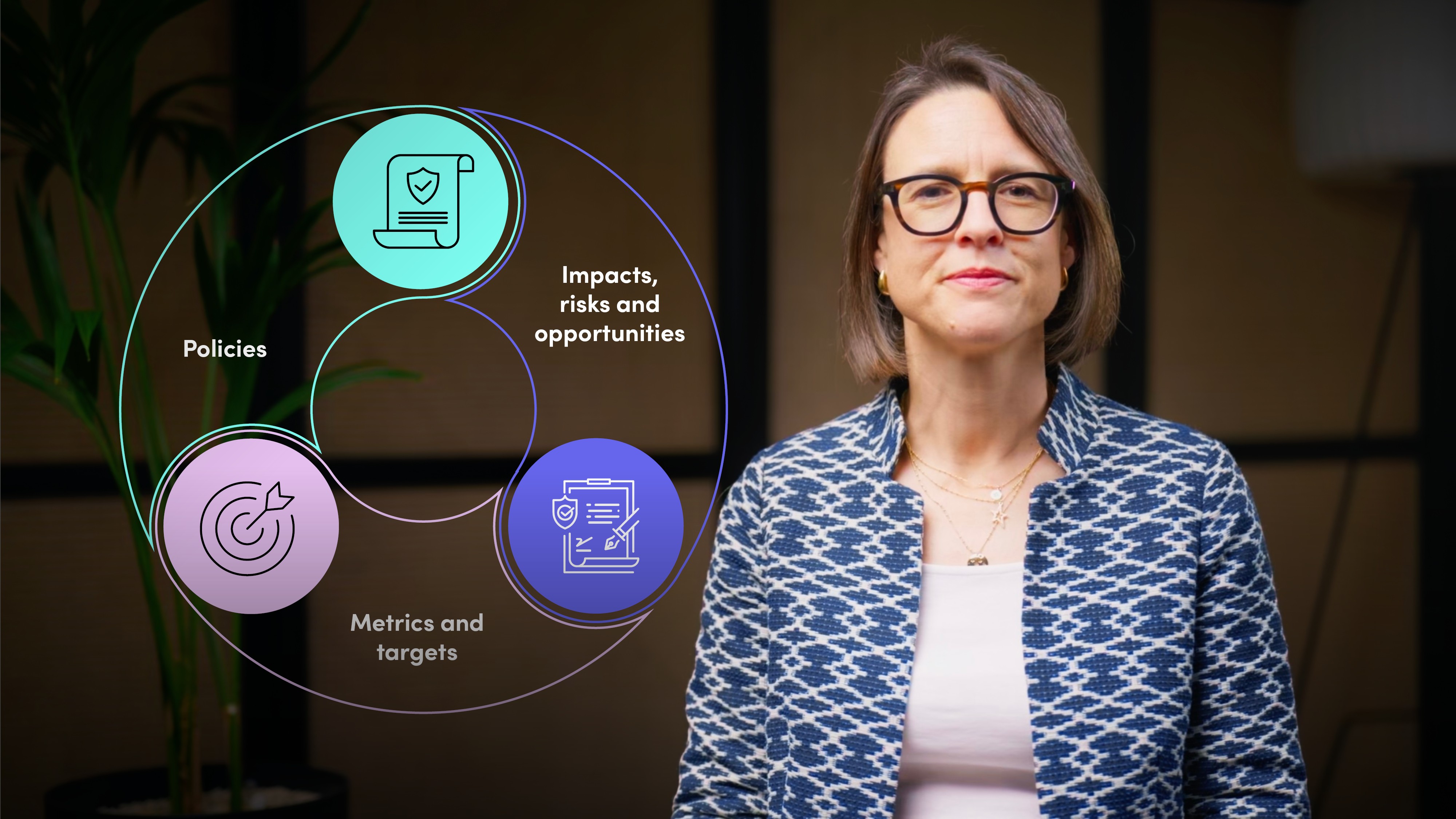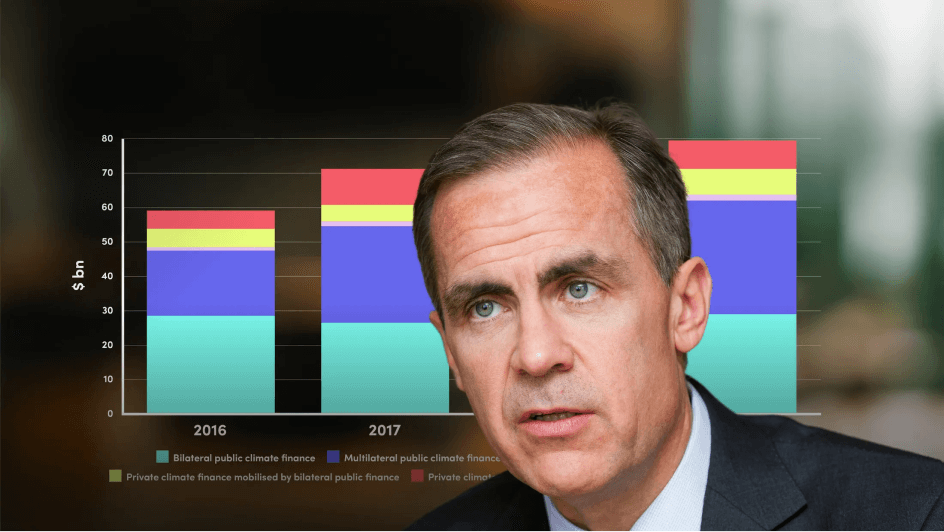
Practitioner's Guide to ESRS S1

Michelle Horsfield
25 years: Sustainable Finance
In this video, Michelle breaks down ESRS S1, she explains how this standard brings transparency to the way businesses treat their employees, covering everything from fair pay and safety to diversity, grievance mechanisms, and human rights. She also explores who ESRS S1 is for, what companies must disclose, and why it matters not just for investors and regulators, but for job seekers and internal teams too.
In this video, Michelle breaks down ESRS S1, she explains how this standard brings transparency to the way businesses treat their employees, covering everything from fair pay and safety to diversity, grievance mechanisms, and human rights. She also explores who ESRS S1 is for, what companies must disclose, and why it matters not just for investors and regulators, but for job seekers and internal teams too.
Subscribe to watch
Access this and all of the content on our platform by signing up for a 7-day free trial.

Practitioner's Guide to ESRS S1
15 mins 27 secs
Key learning objectives:
Understand the purpose of ESRS S1 and how it supports transparency on workforce impacts
Outline the key disclosure requirements on workforce policies, metrics, and qualitative information
Understand the human rights and ethical dimensions embedded within ESRS S1
Understand how workforce data, such as wages, diversity, and grievances, can reveal a company’s true values
Overview:
Subscribe to watch
Access this and all of the content on our platform by signing up for a 7-day free trial.
Subscribe to watch
Access this and all of the content on our platform by signing up for a 7-day free trial.

Michelle Horsfield
There are no available Videos from "Michelle Horsfield"





























